I have a 100% Stacked Bar chart. Students are banded based on their attendance,and the report simply tracks changes in the band populations as a percentage of the total student population. In Report Builder, this works totally fine (except in that it highlights our rubbish attendance of course...)
The problem arises when:
- The report is exported from Report Builder to PDF/Word/Excel/whatever
- The report is deployed to an SSRS server and run through the browser
- You change to a subsequent page of the report, and then change back to the page with the graph.
In all case although the actual chart remains unchanged, the Legend loses its mind a little bit and shows the top three items as 100%:
I can't think of any reason that that should happen...the report was particularly finicky to make as a result of the underlying data structure (which regrettably is based on a Report Model, meaning I can't tweak it with SQL) and I had to use custom vb code in the end to get it to do what I wanted, but I can't see why any of that should change its behaviour either on the server or when exported.
So my question is; why does this happen, and how do I stop it happening?
EDIT: By Request:
The dataset inherently returns data in the format below. There's a row per learner ID per "Week Start Date".
The custom code I am using is pasted below (inept I know - no laughing!):
Private attendance_table As New System.Collections.Hashtable()
Private last_added_table As New System.Collections.Hashtable()
Public Function band_calc(ByVal attendance As Double) As String
REM Define the bands that I want to track
If attendance = 1 Then
Return "A"
ElseIf attendance >= 0.975 Then
Return "B"
ElseIf attendance >= 0.95 Then
Return "C"
ElseIf attendance >= 0.925 Then
Return "D"
ElseIf attendance >= 0.90 Then
Return "E"
ElseIf attendance >= 0.85 Then
Return "F"
ElseIf attendance >= 0.8 Then
Return "G"
Else
Return "X"
End If
End Function
Public Function get_attendance_band(ByVal week_start_date as String, ByVal learnerID As Integer, ByVal possibles As Integer, ByVal presents As Integer) As String
If attendance_table Is Nothing Then
Dim attendance_table As New System.Collections.Hashtable()
End If
If last_added_table Is Nothing Then
Dim last_added_table As New System.Collections.Hashtable()
End If
REM check if attendance_table has the Learner already
If attendance_table.ContainsKey(learnerID) Then
REM check if we've already added this week's data in
If attendance_table(learnerID).ContainsKey(week_start_date) Then
REM just return the band_calc for those data
Return band_calc(attendance_table(learnerID)(week_start_date)(1) / attendance_table(learnerID)(week_start_date)(0))
Else
REM Add in this week to the hashtable. Add this weeks data to the last weeks data
attendance_table(learnerID).Add(week_start_date, New Object() { possibles + attendance_table(learnerID)(last_added_table(learnerID))(0), presents + attendance_table(learnerID)(last_added_table(learnerID))(1)})
REM record that this is now the last date updated for this learner
last_added_table(learnerID) = week_start_date
REM show the band!
Return band_calc(attendance_table(learnerID)(week_start_date)(1) / attendance_table(learnerID)(week_start_date)(0))
End If
Else
attendance_table.Add(learnerID, New System.Collections.Hashtable())
attendance_table(learnerID).Add(week_start_date, New Object() {possibles, presents})
last_added_table.Add(learnerID, week_start_date)
Return band_calc(attendance_table(learnerID)(week_start_date)(1) / attendance_table(learnerID)(week_start_date)(0))
End If
End Function
For the series properties; The sort, group and label (which defines the Legend obviously) are all set to this:



